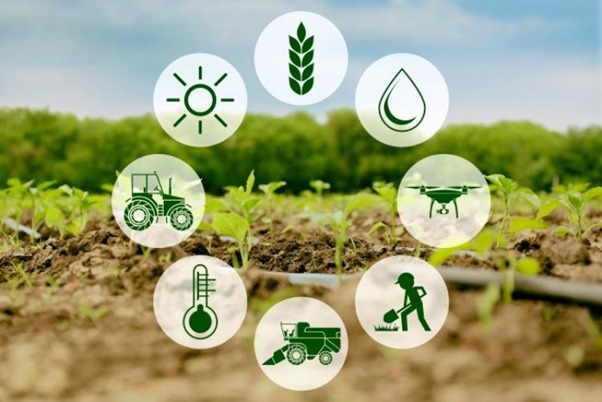آئی این پی ویلتھ پی کے
Farooq Awan
The government has decided to establish a National Agricultural Technology Transfer Center (NATTC) to speed up commercialization of agricultural research, connect laboratories with industry, and ensure that scientific innovations reach farmers effectively. The initiative is a key part of the Strategic Reform and Cooperation Plan for the Pakistan Agricultural Research Council (PARC) 2025, jointly prepared by the Ministry of National Food Security and Research, China’s Ministry of Agriculture and Rural Affairs (MARA), and the Chinese Academy of Agricultural Sciences (CAAS).
The plan emphasizes the need to strengthen technology transfer and bridge the gap between research institutions and practical field use. The joint study finds that Pakistan’s agricultural research organizations have produced limited commercially viable outcomes due to weak technology transfer mechanisms. It states that most innovations remain confined within research institutes, with few reaching farmers or the private sector for large-scale application. The plan proposes the creation of the National Agricultural Technology Transfer Center as a coordination hub for all commercialization and outreach activities.
The center will oversee policy, provide technical assistance, and connect federal and provincial research bodies with agribusinesses, investors, and development partners. It will also maintain a centralized database of technologies, patents, and innovations to support licensing and adoption. The roadmap further calls for establishing Technology Transfer Units (TTUs) in each major research institute under PARC. These will manage intellectual property rights, licensing, and benefit-sharing arrangements between scientists and their institutions.
Each unit will employ trained professionals responsible for marketing, partnership development, and legal compliance. The reform plan introduces a benefit-sharing model under which researchers and their institutes will receive 50 to 70 percent of revenues generated from successful commercialization of technologies. This is designed to encourage innovation, reward performance, and attract private-sector collaboration in agricultural research.
The document stresses that a structured technology-transfer framework is crucial to transform scientific research into practical and marketable outcomes. It notes that countries with strong innovation systems, such as China, have achieved significant productivity gains by institutionalizing technology transfer. The proposed centre will also coordinate the establishment of regional demonstration hubs and farmer training centres.
These platforms will serve as testing grounds and dissemination channels for new technologies, including high-yield seeds, water-efficient irrigation systems, climate-resilient crops, and modern farm machinery. The hubs will operate in collaboration with provincial agricultural departments, extension services, and farmer organizations. The plan involves developing a digital agricultural innovation platform to connect researchers, investors, and farmers.
The system will provide access to technology profiles, licensing opportunities, and real-time updates on available research solutions to improve transparency and matchmaking between innovators and users. Capacity building of researchers and extension professionals is highlighted as a core requirement for effective implementation. Specialized training in intellectual property management, entrepreneurship, and project design will be conducted, along with exchange programs and workshops with Chinese institutions to strengthen expertise in innovation management.

Credit: INP-WealthPk











